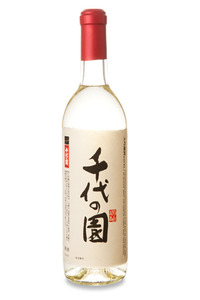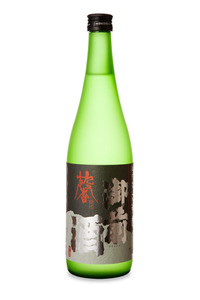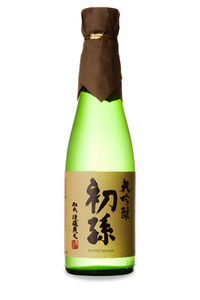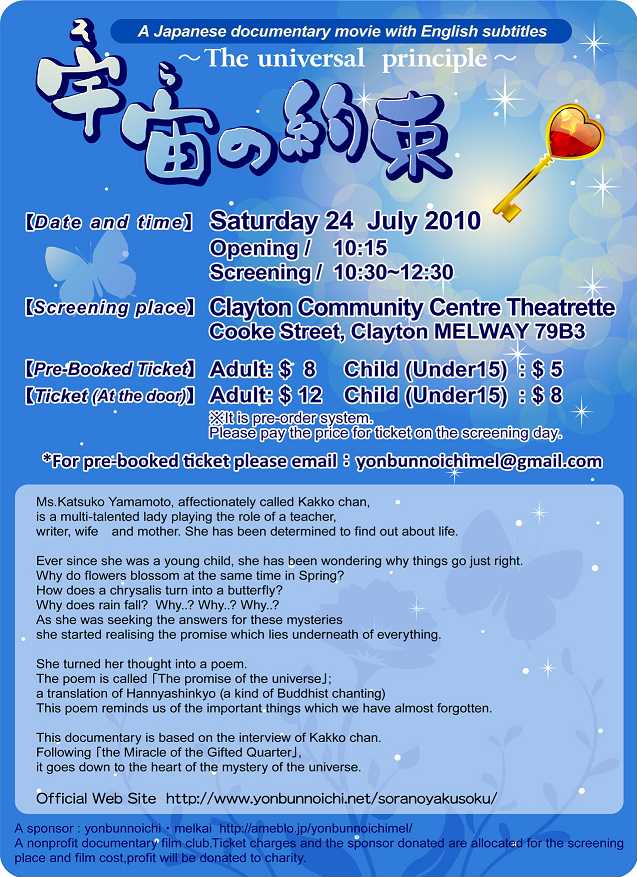Sake, warm or cool, that is the question.
One of the most often asked questions’ concerning serving sake is whether it should be consumed warm or cool.
In short, premium quality sake is generally brewed with the intention of it being enjoyed chilled. However there are always exceptions to any rule and there are indeed high quality sakes that drink very well warm or in some cases where the brewer has intentionally crafted particular sake to be enjoyed warmed.
It must be stated, that traditionally (if we go back 50 or so years and beyond) it was the norm to serve sake warm or even hot. Sake brewing methods pre 1940’s were rather rudimentary when compared to today’s production techniques. Science and technology have advanced the understanding of the vagaries of the sake brewing art allowing the brewer to refine and build on the skills learnt over the centuries. Therefore sake that was being consumed in days gone by was in most parts a different beast. It was less complex, rougher with sweeter, woodier traits and the fact is that warming this style of sake rounded out the roughness and made it more “enjoyable” to drink.
The persistence of warmed sake today certainly has elements of a drinking tradition that will inevitably continue. There is also the basic truth that in the dead of winter a nicely warmed flask of sake can defrost even the coldest of bodies! At this point, it should be mentioned that if you are drinking sake that is intended to be enjoyed warm, in most cases we are talking about 40 – 45 degrees Celsius, any more and you really are scolding the sake. Bringing the sake gently to the desired temperature by immersing it within a serving container into hot water is preferable to whacking it in the microwave.
Most brewers will give you an indication on the bottle how they best see the fruits of their labour enjoyed. The general convention is some sort of pictograph illustrating the correct serving temperature whether it is cool, room temperature or warm. Typically, Ginjo and Daiginjo styles excel chilled and Junmai sake can lend itself to warming.
Getting back to perfectly chilled premium sake, I have selected three Daiginjos that are great chilled summer companions.
(Please click the sake images for details)
………………………………………………………………………………………………………………………………………………………………………

Please click here to get your sake: http://www.sakeonline.com.au
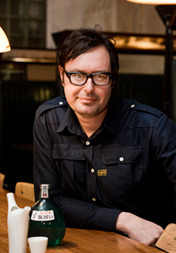
Andre Bishop is a Melbourne based Sake Professional and is recognized as one of Australia’s leading authorities on Sake. His 12 years of experience in designing Asian and specifically Japanese venues include well know Melbourne establishments Robot Bar and Golden Monkey. He currently owns the 22 year old Japanese dining institution Izakaya Chuji and Sake Bar Nihonshu. He is also co-owner and founder of Melbourne’s flagship Izakaya and Sake Bar, Kumo in Brunswick East. Andre studied Sake in Japan and is the only Australian who currently holds a Level 2 Sake Professional Certificate from the International Sake Education Council.
Andre is available for Consulting on Sake, Japanese Beverage Lists, Sake Staff Training and Sake Equipment. Contact: andrebishopsan@gmail.com
Sipping with the Sake Master #1
Please click here for Sake Master Andre Bishop’s older interview



